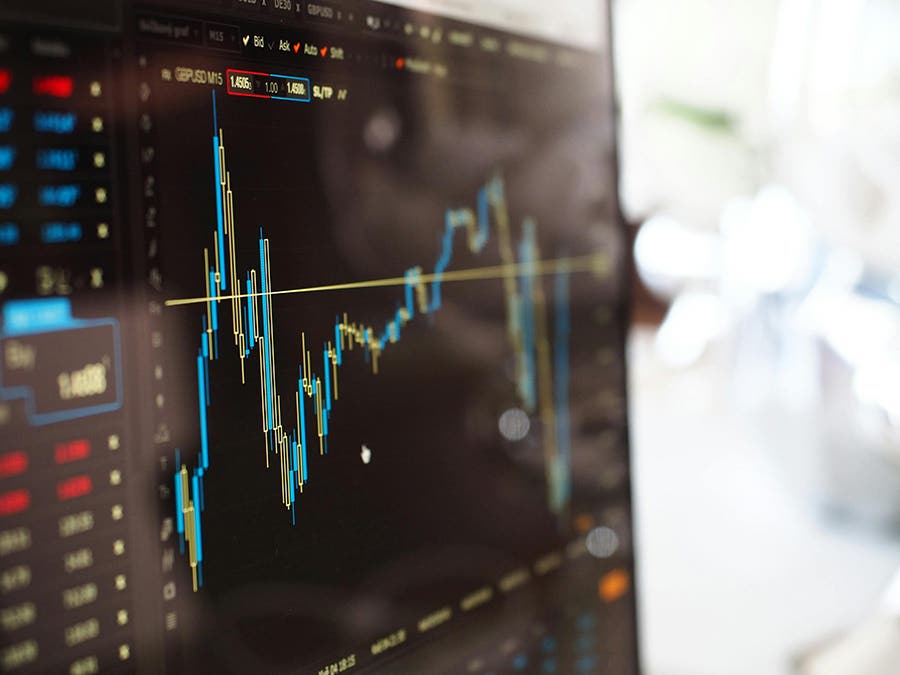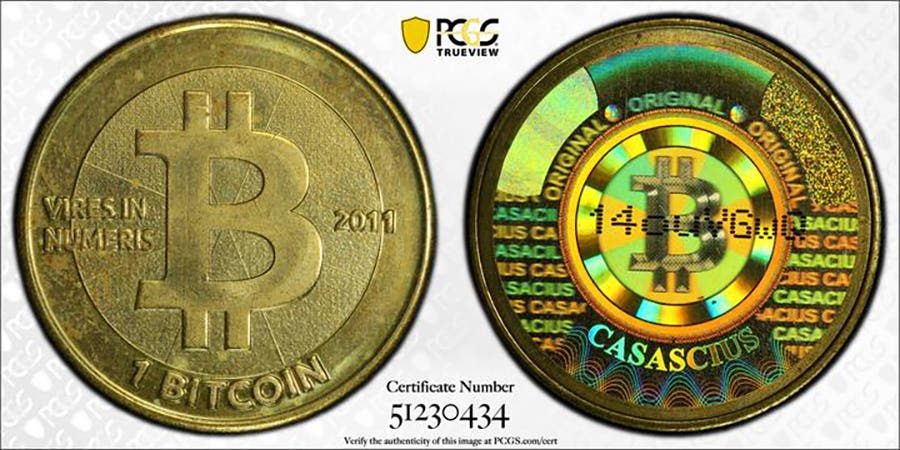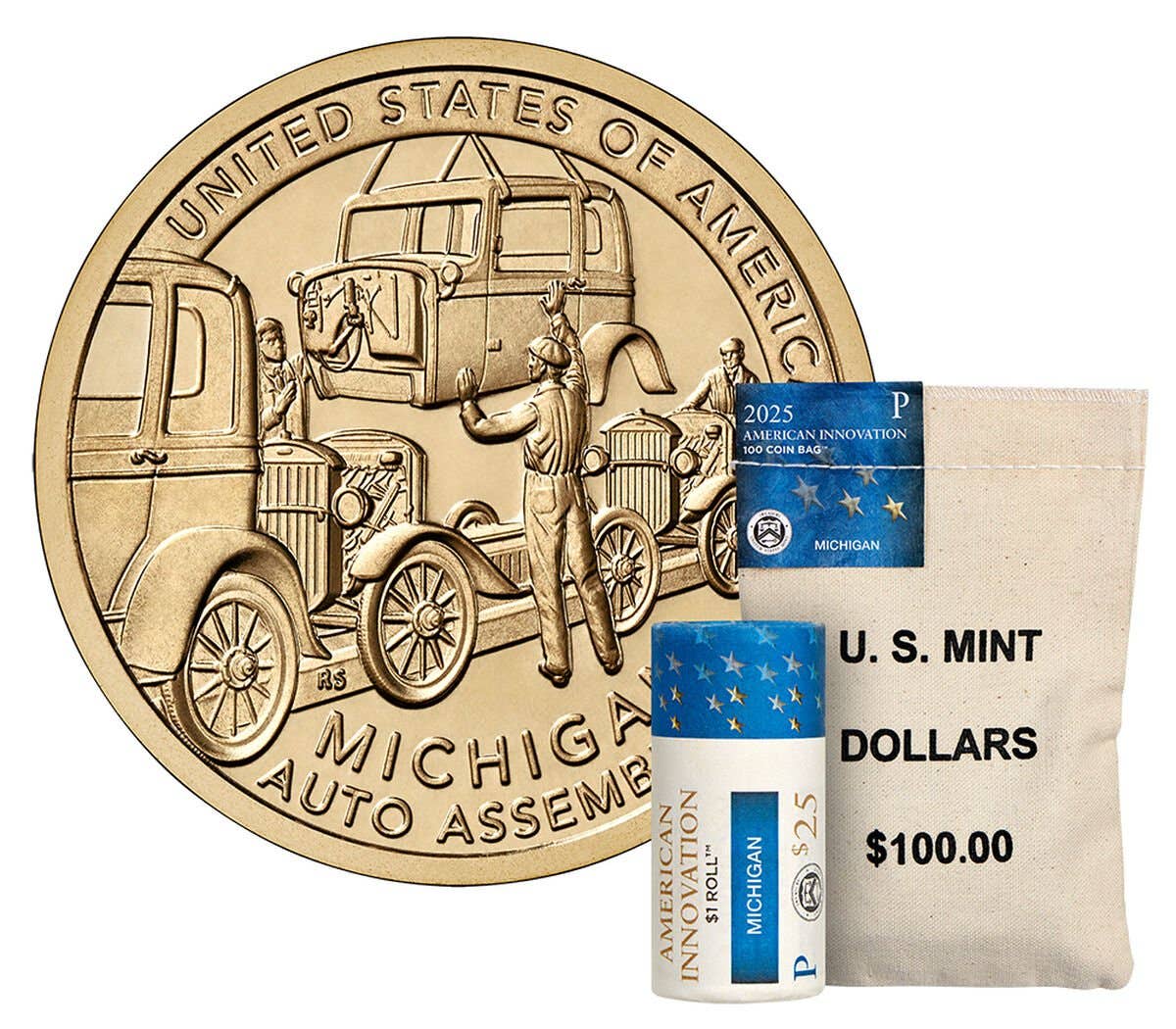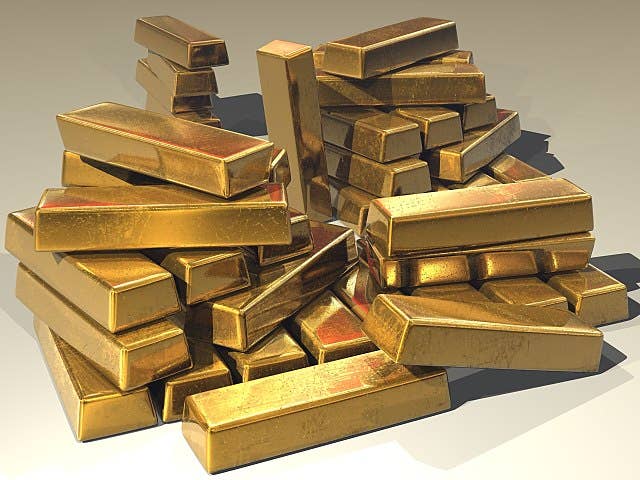Is Another IMF Gold Sale Fiasco in the Works?
Last Friday, June 11, French President Macron made a proposal at the G-7 meeting that member nations of this group each contribute gold to the International Monetary Fund (IMF). The…
Last Friday, June 11, French President Macron made a proposal at the G-7 meeting that member nations of this group each contribute gold to the International Monetary Fund (IMF). The stated purpose of this action was to fund greater aid to African nations.
The G-7 is an informal group of seven of the world’s advanced economies: Canada, France, Italy, Japan, the United Kingdom, the United States, plus representatives from the European Union.
In my judgment, this call for aid to African nations is a misleading smoke screen. Instead, this proposal has all the signs of being a thinly disguised move to suppress gold and silver prices.
The G-7 nations since early 2020 have ramped up spending by trillions of dollars as part of the campaign to overcome the COVID-19 pandemic. Does it make sense that these same governments are now unable to scrape together a few billion dollars more for foreign aid using the same strategies they have recently used to spend trillions? And, therefore, the only means of finding these few billions would be by reducing each of their gold reserves?
This would not be the first time that the specter of gold sales by the IMF was used to try to hold down gold and silver prices. Let’s review the fiasco of what happened last time this played out.
Before going into the details, it makes sense to review who wants to hold down gold and silver prices, and why. In my opinion, the who is the U.S. government. It stands to be the largest beneficiary of lower precious metals prices.
The U.S. dollar displaced gold as the world’s reserve currency as a result of the 1944 Bretton Woods Agreement. When this agreement teetered on collapse, U.S. President Nixon “temporarily” suspended the U.S. Treasury’s gold exchange window in August 1971, ending a pretense that the dollar was as good as gold.
To maintain the fiction that the U.S. dollar, backed for almost the past 50 years only by the faith and credit of the federal government, was almost as stable as physical gold, it was necessary for the U.S. government to engage in actions to hold down the prices of gold (and, by association, silver) as much and as long as possible.
As long as foreign governments, central banks and investors could trust the dollar, they would be willing to hold massive amounts of U.S. paper currency and Treasury debt. If the prices of gold and silver were to rise, as measured by the dollar, that would be bad news for the U.S. government, U.S. economy and the U.S. dollar.
That makes gold and silver prices effectively a report card on the U.S. government, economy and dollar. If the U.S. government were to engage in fiscally irresponsible activity such as massive increases in the money supply or huge expansion of spending and budget deficits, gold and silver prices would tend to rise. As foreigners become concerned about the purchasing power of their U.S. dollars, they have an incentive to repatriate the currency and Treasury debt to the U.S. government in exchange for goods and services and ownership of American real estate and businesses. Such actions would further cripple the finances of the federal government, adding even more to budget deficits and forcing it to pay higher interest rates on Treasury debt. All of this explains why the U.S. government has the strongest incentive to suppress gold and silver prices.
The U.S. government does not act in a vacuum to suppress gold and silver prices. It does have the legal authority to manipulate the price of gold using the U.S. Treasury’s Exchange Stabilization Fund. However, it needs to avoid being seen directly intervening in the gold and silver markets. Therefore, the federal government arranges to try to hold down precious metals prices through the actions of allied central banks, international institutions such as the Bank for International Settlements and the International Monetary Fund, and the primary trading partners of the Federal Reserve Bank of New York.
Here’s how the IMF previously tried to hold down gold and silver prices. Beginning in January 2007, the IMF started hinting multiple times that it was looking at selling some of its gold reserves. The pretext then was to help poorer nations. This possible increase in the physical gold supply had the effect of knocking down the price of gold by several percent for as long as two months.
When the negative effect on gold and silver prices of a possible forthcoming IMF gold sale had worn off, the IMF would again bring up the subject. Gold and silver prices would again temporarily decline. When the threats of an IMF gold sale stopped having the effect of knocking down gold prices, the IMF actually started selling gold in October 2009. By late 2010, it had sold 403.3 tons (12.97 million ounces) of gold to five central banks. The central banks of China and India purchased the bulk of this total, with minor quantities being purchased by the central banks from Bangladesh, Mauritius and Sri Lanka.
Unfortunately for the U.S. government’s purposes, none of the gold unloaded by the IMF was ever sold to private investors, thus making it appear that there was more physical gold inventories available on the world market to hold down its price. Gold’s price today is about 80 percent higher than when the IMF sold its gold.
The proposal last Friday of another IMF gold sale did put negative downward pressure on gold and silver prices. In recent weeks, gold had reached a five-month peak in prices and silver was threatening to climb above the $28 resistance point and keep increasing. At the COMEX close on Wednesday, June 16, the price of gold was down less than 2 percent from the COMEX close last Thursday, June 10, while silver dropped less than 1 percent. (Note: After the COMEX close on June 16, the Federal Open Market Committee issued its latest pronouncement, acknowledging higher consumer price increases. In response, stock and bond prices tumbled, taking down gold and silver with them.)
Compared to early 2007, the dynamics of the physical gold and silver markets have changed. Today, there are significant shortages of physical precious metals to meet demand at current prices, with gold now almost triple in price from the beginning of 2007 and silver up more than double. In today’s market, the threat of an upcoming IMF gold sale will carry less impact, meaning prices will not drop as far nor for as long, as it did 14 years ago.
Even if the IMF does eventually take the desperate step of selling more physical gold, the result will simply create a temporary bargain buying opportunity for buyers of gold and silver. As happened earlier this century, the use of the IMF to try to suppress precious metals prices will ultimately prove to be a failure.
NCBA Dealer Survey Available
As I mentioned in my early May column, the National Coin & Bullion Association (NCBA, the relatively new trade name now used by the Industry Council for Tangible Assets) on Tuesday, June 15, released its latest national coin dealer survey. You can read the news release and access a link to the survey at https://bit.ly/3vuOxv5.
This survey is being done to update information from the 2016 survey. The results of the survey five years ago proved highly effective in successful efforts to gain precious metals bullion, coin and sometimes currency sales and use tax exemptions in multiple states. In addition, it was also effective at defending most existing exemptions that were considered for revocation.
This time around, the NCBA is seeking usable responses from at least 400 dealers from across the country and of all kinds and sizes of operations. Most dealers could complete the survey in about 10-20 minutes. The greater the dealer response, the better case that can be made for gaining sales and use tax exemptions in additional states and for preserving those that are already in place. I urge you to click on the link above to take the survey soon.
When the last survey was conducted five years ago, I was the volunteer who prepared the analysis of the results, in my capacity as then NCBA treasurer and as a member of the board of directors. I’m still on the board of directors. In performing the earlier analysis, I had access to the data submitted in the surveys, but I had no information as to the identity or location of any of the survey respondents. Once again, those filling out the new survey can be assured that their identities and financial information will be kept confidential.
There is one more reason to complete this year’s survey. The federal government is coming out with new industry regulations dealing with cash transactions and money laundering to implement the Anti-Money Laundering Act of 2020. The changes were effective as of Jan. 1, 2021. It is possible that if there are sufficient responses to this new survey, the results could help make the case for easing the impact of these regulations. You can also go to https://bit.ly/3gHV7ZV to learn more about NCBA’s work on this issue.
Patrick A. Heller was honored as a 2019 FUN Numismatic Ambassador. He is also the recipient of the American Numismatic Association 2018 Glenn Smedley Memorial Service Award, 2017 Exemplary Service Award, 2012 Harry Forman National Dealer of the Year Award and 2008 Presidential Award. Over the years, he has also been honored by the Numismatic Literary Guild (including twice in 2020), Professional Numismatists Guild, Industry Council for Tangible Assets and the Michigan State Numismatic Society. He is the communications officer of Liberty Coin Service in Lansing, Mich., and writes Liberty’s Outlook, a monthly newsletter on rare coins and precious metals subjects. Past newsletter issues can be viewed at www.libertycoinservice.com. Some of his radio commentaries titled “Things You ‘Know’ That Just Aren’t So, And Important News You Need To Know” can be heard at 8:45 a.m. Wednesday and Friday mornings on 1320-AM WILS in Lansing (which streams live and becomes part of the audio archives posted at www.1320wils.com).








